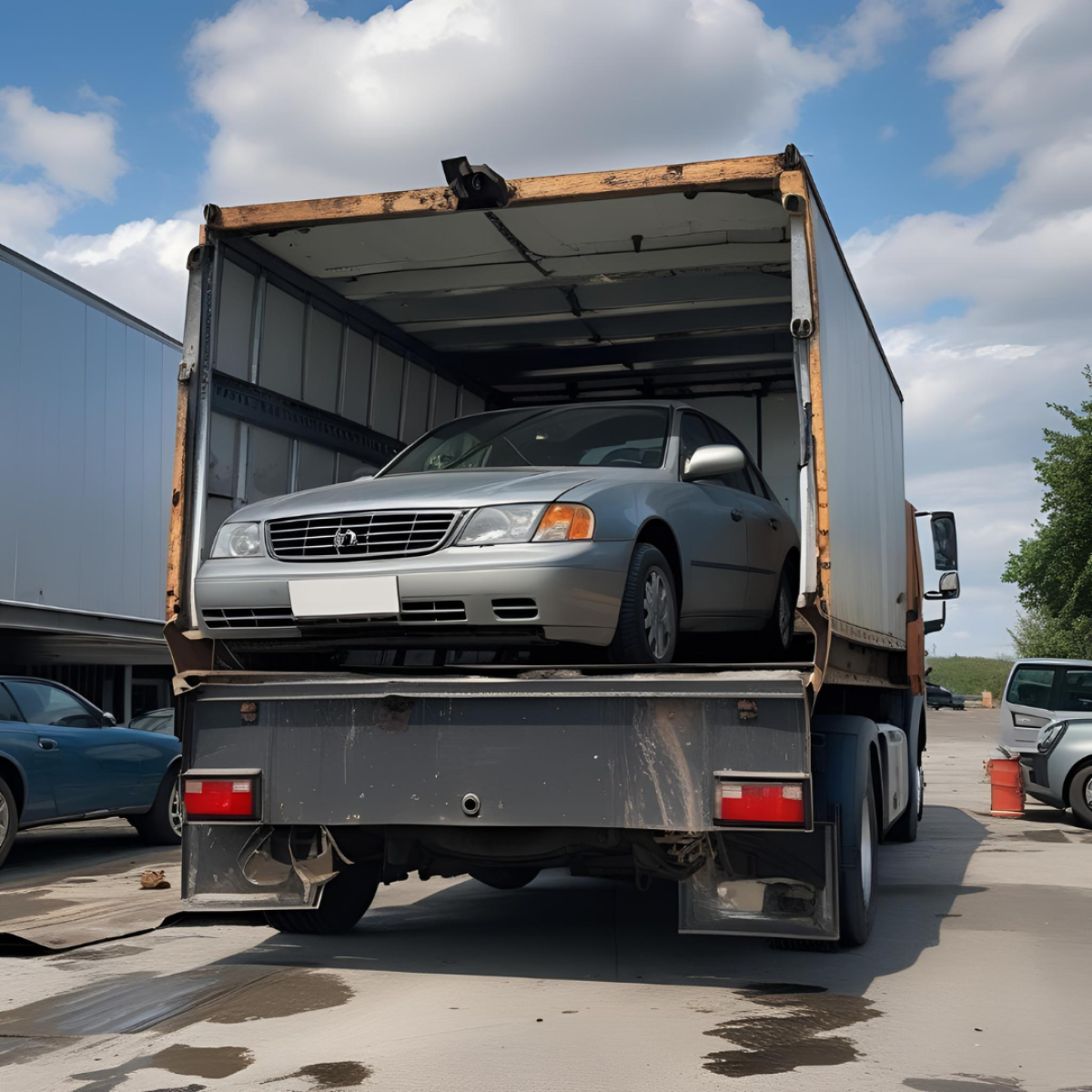The Silent History Sitting In Your Driveway: What Old Cars Tell Us
Introduction
Every car has a story. Sitting quietly in the driveway or hidden away in the backyard, an old car may appear forgotten. But beyond its faded paint and rusting body lies a silent witness to decades of engineering, culture, and personal memory. For many people, old vehicles are much more than unwanted metal. They are history on wheels—pieces of a mechanical past that shaped the way we move, live, and remember.

The Mechanical Legacy of the Past
Old cars carry within them the technology of their time. From carburetors to manual windows, their parts reflect how vehicles were once made and maintained. These features might seem outdated today, but they represent an era of craftsmanship that relied more on human skill than on electronic systems. For instance, cars built in the 1960s and 70s were often easier to repair at home, with engines that allowed access without complex diagnostic tools.
Today’s cars operate with computers and sensors, but these older models remind us of how mechanical knowledge was once passed from generation to generation. Grandparents would show their children how to tune an engine, fix a fan belt, or replace a spark plug. This hands-on experience played a key role in many family traditions, particularly in areas where car culture ran deep.
A Reflection of Cultural Change
Old vehicles are time capsules of fashion, function, and public mood. A car designed in the 1950s, for example, might feature long sweeping fins and chrome details, revealing the post-war fascination with space and progress. In contrast, the boxy shapes of cars from the 1980s reflect a shift toward utility and cost-consciousness during more uncertain economic times.
Beyond design, these vehicles also mark social transitions. They represent the years when more households became two-car families, when road trips became part of school holidays, and when cars symbolised both freedom and identity. Holding on to an old car can mean holding on to the memories of a first date, a family trip, or the day someone got their licence.
The Environmental Dilemma
As charming as old vehicles may be, they come with concerns. One of the biggest challenges is their environmental impact. Older engines are less fuel-efficient and produce more emissions than current models. They also pose hazards through fluid leaks and deteriorating materials. For example, cars built before 1986 in Australia may still contain asbestos in their brake pads or gaskets, which is now banned due to health risks.
Keeping an old car that no longer runs can also lead to soil contamination. Over time, leaking oil, coolant, and battery acid can seep into the ground, harming local ecosystems. Responsible disposal or reuse becomes important not just for safety but for the future health of the environment.
The Life Cycle of a Vehicle
Every vehicle has a beginning, middle, and end. While many think the end means a scrapyard, that is not always true. Some cars are repurposed, turned into restoration projects, or stripped for parts that help keep other vehicles running. In Australia, around 80% of a car’s materials can be reused or recycled, from its steel body to its rubber tyres.
Scrap yards are not simply junk piles. They are often active spaces where mechanics, restorers, and car enthusiasts search for rare parts. Sometimes, parts from a seemingly worthless car end up in a restored classic or a custom-built machine. This process keeps old vehicles in circulation in new ways, preserving their history in a different form.
Stories Written in Rust
Each dent, scratch, and faded badge tells a story. Sometimes it is the tale of a near miss on a rainy road, other times it is just evidence of time. Families may keep an old car because it was the last vehicle owned by a grandparent. Others see them as a way to teach younger generations about mechanical basics and personal responsibility.
Even in silence, these cars speak. They speak of how things were built, what people valued, and how they lived. They also stand as reminders that progress often builds upon what came before.
Making Room for New Memories
While the historical value of an old car can be meaningful, there comes a time when it is no longer practical to keep one parked. Whether it is because of space, safety, or environmental reasons, parting ways can be difficult. However, choosing to let go does not always mean throwing history away.
Some companies in Brisbane provide responsible removal services for unwanted cars, offering people a chance to clear their space while ensuring the vehicle is handled with care. The process can even support recycling efforts, giving the car a second purpose instead of allowing it to decay. In many cases, the vehicle’s components are sorted, reused, or sent to proper facilities, turning something forgotten into something useful once more.
One such helpful service is Unwanted Car Removal Brisbane, which ensures that old vehicles are removed safely and ethically. This is especially useful for those who wish to reclaim space while also contributing to recycling efforts in their local community. Rather than leaving a rusting shell to pollute the soil or take up space, this solution connects your vehicle’s history to a new future, one part at a time.
Conclusion
That old car in the driveway is more than just scrap metal. It is a quiet observer of your family’s milestones, a model of the engineering practices of its time, and a symbol of cultural shifts through the years. Though its engine may have stopped running, its story continues—whether told through restoration, parts reuse, or thoughtful removal.
Cars are not just machines; they are memory holders, history keepers, and cultural icons. To understand them is to understand where we have been—and to appreciate what we carry with us on every road we take.
